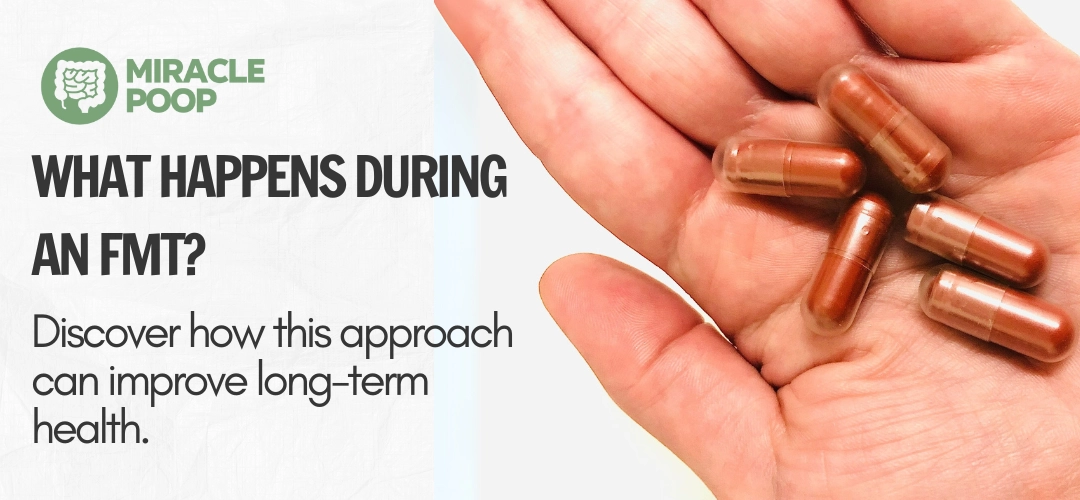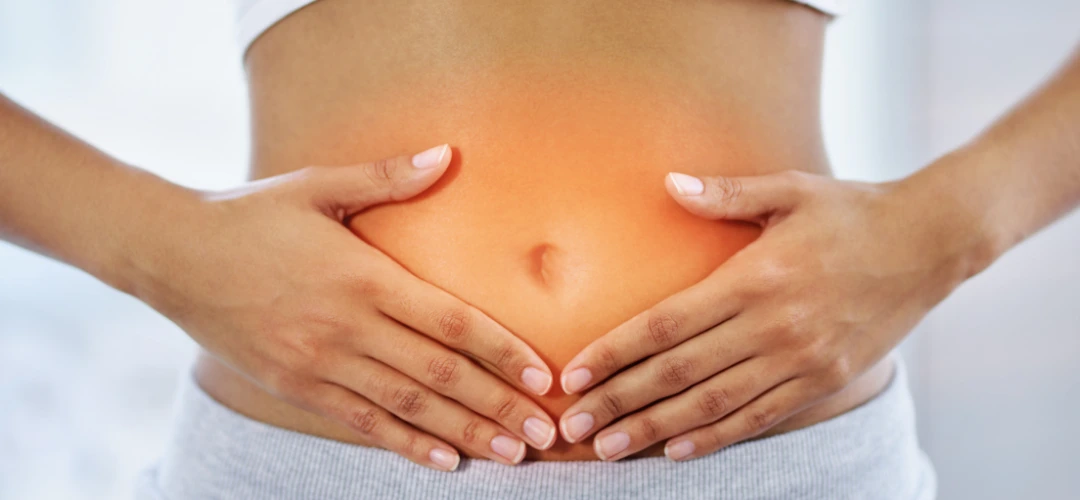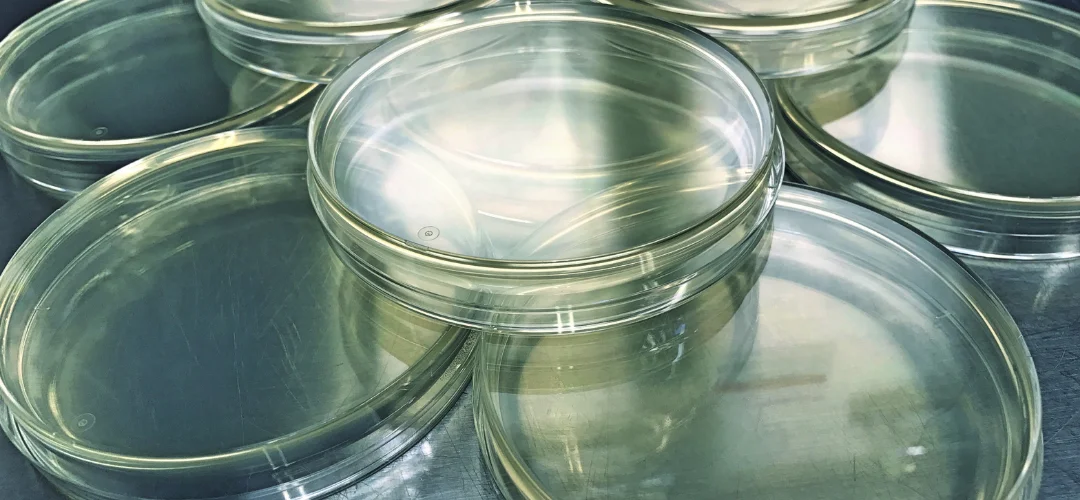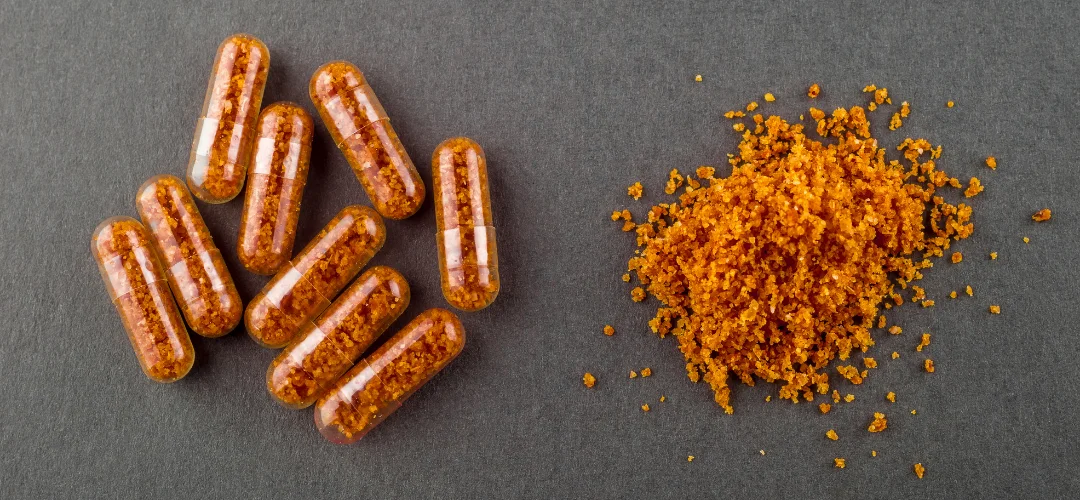Have you ever wondered what happens during an FMT?
Curious about the fecal microbiota transplant procedure? In this article, we demystify the FMT procedure from donor selection to post-treatment expectations, showing how this science-backed approach may restore microbial balance and improve long-term health outcomes.
Fecal Microbiota Transplantation (FMT) might sound unsettling at first glance, but it represents one of the most innovative and promising treatments in modern gut health medicine. Behind the headlines and clinical trials lies a highly structured medical procedure with transformative potential for patients suffering from conditions like recurrent Clostridioides difficile infection, and potentially many others.

Step 1 of Fecal Microbiota Transplant Procedure: Donor Selection and Screening
FMT starts with identifying a healthy donor. But this isn’t just a friend or relative with good intentions—the process mirrors blood donation, but with stricter criteria. Donors must:
- Be free from chronic diseases, infections, and gastrointestinal disorders
- Undergo rigorous screening for pathogens (including HIV, Hepatitis, parasites, and antibiotic-resistant bacteria)
- Follow lifestyle and dietary guidelines to ensure a healthy, diverse microbiome
Only a small percentage of potential donors pass the full screening, ensuring that the material used is both safe and potent.

Step 2 of Fecal Microbiota Transplant Procedure: Preparation of the Microbial Material
Once approved, the donor’s stool is processed in a controlled, sterile environment. Technicians dilute it with a saline or glycerol solution, filter out solids, and concentrate the microbial fraction. This material is then stored cryogenically or prepared fresh depending on the delivery method.
Important note: The goal is not the stool itself, but the rich population of beneficial bacteria it contains.

Step 3 of Fecal Microbiota Transplant Procedure: Delivery Methods; How It’s Administered
There are several clinically validated ways to administer FMT, each chosen based on the patient’s condition, preference, and risk factors:
- Colonoscopy: Delivers the microbiota directly into the colon; ideal for lower GI disorders.
- Enema: Less invasive but generally requires repeated administration.
- Oral Capsules: Freeze-dried microbial material in coated capsules that reach the intestines; a popular non-invasive option.
- Nasoduodenal Tube: Delivers to the upper intestine; used selectively based on clinical context.
All delivery methods aim to introduce beneficial bacteria into the recipient’s gut to restore microbial diversity and functionality.

Step 4 of FMT Procedure: Post-Procedure Monitoring and Outcomes
After FMT, patients are monitored for:
- Symptom resolution (e.g., cessation of C. diff recurrence)
- Gastrointestinal side effects (typically mild and transient)
- Long-term microbial engraftment and diversity through stool tests, if applicable
Most patients experience significant improvement within days to weeks. In cases of C. diff, success rates exceed 85% after a single treatment.
Emerging evidence suggests FMT may also improve conditions like:
- Ulcerative colitis
- Irritable Bowel Syndrome (IBS)
- Antibiotic-associated diarrhea
- Certain neurological and metabolic conditions (in experimental stages)
FMT isn’t a fringe therapy, it’s a rigorously studied and increasingly mainstream option for restoring gut health in patients where conventional therapies fall short. As research evolves, its applications may expand beyond infectious disease into metabolic, immune, and neurological health.
Welcome to our gut health blog, your go-to source for expert-backed content on digestion, probiotics, prebiotics, and microbiome therapies like FMT. Whether you’re looking to understand the science behind gut health or searching for real stories and natural tips to heal your digestive system, you’ll find it all here. Start exploring our curated articles written to help you improve your gut naturally.

[…] Fecal Microbiota Transplantation (FMT): […]